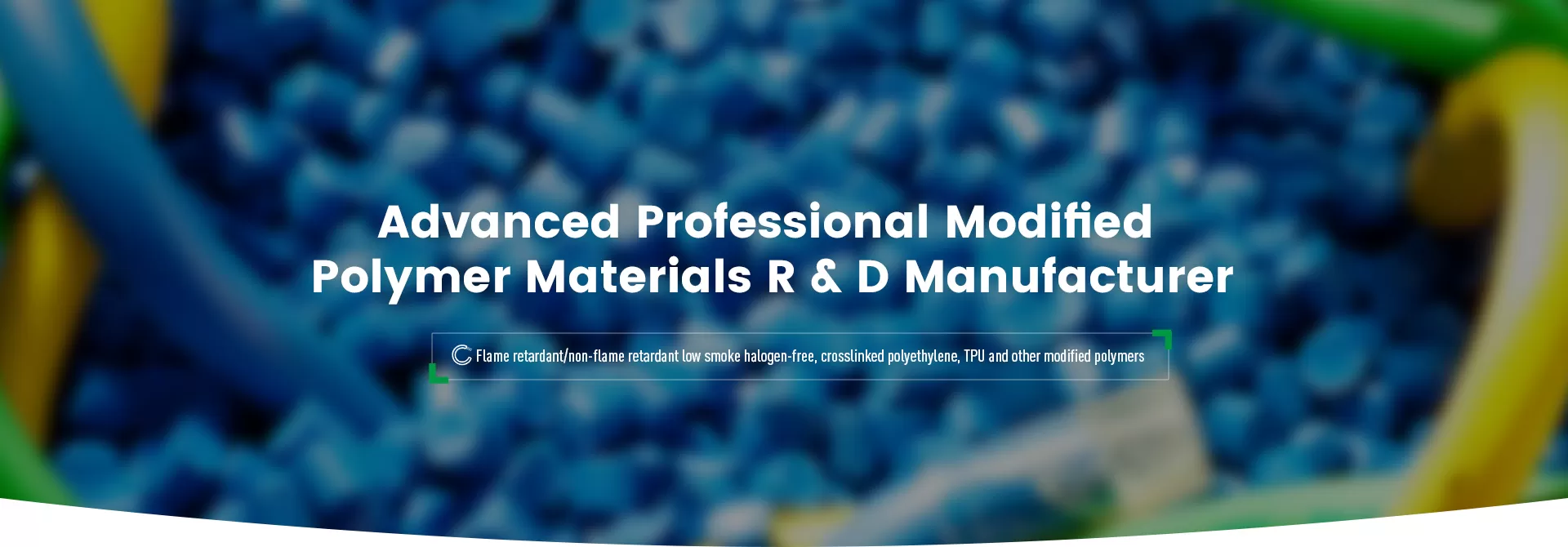
With the rapid growth of the new energy vehicle (EVs) market, the safety of high-voltage cables has become crucial. High-voltage cables are one of the core components of electric vehicles, connecting batteries, inverters and motors, and are responsible for transmitting high-power currents. In order to ensure the stability and safety of cables in extreme environments, the choice of materials is particularly critical.
As a high-performance elastomer material, Silicone Rubber has become an ideal choice for high-voltage cables for new energy vehicles due to its excellent heat resistance, electrical insulation, tear strength and wide operating temperature range.
New energy vehicles generate a lot of heat during operation and charging, especially in fast charging mode, high-voltage cables may be exposed to environments exceeding 200°C. Commonly used automotive cable materials (such as PVC or XLPE) are prone to softening, deformation or cracking in high temperature environments, while silicone rubber can withstand a temperature range of -50℃ to 250℃, and can maintain stable insulation and mechanical properties even under extreme working conditions.
In addition, the low thermal conductivity of silicone rubber can reduce the heat loss of cables under high temperature conditions, reduce the risk of electrical failures caused by increased temperature, and extend the service life of cables.
One of the most important functions of high-voltage cables is to ensure the safety and stability of power transmission. Silicone rubber has extremely high dielectric strength (usually between 20-30 kV/mm), which can effectively prevent current leakage and breakdown, and maintain good insulation performance even in high-voltage environments.
The voltage level of cables in new energy vehicles is gradually increasing, from 400V to 800V or higher voltages to improve charging speed and energy efficiency. The high dielectric properties of silicone rubber make it an ideal material for high-voltage cables, which can meet the needs of high-voltage systems in future new energy vehicles.
High-voltage cables for new energy vehicles need to bend, wind and even withstand mechanical stress in a limited space inside the vehicle, while ordinary materials are prone to aging, cracking or breaking during long-term use.
The high tear strength and flexibility of silicone rubber can effectively prevent the cable from being damaged due to mechanical stress fatigue during long-term use. In addition, silicone rubber materials can resist external vibration and impact, making them particularly suitable for cable applications with high dynamic requirements, such as internal connection harnesses of battery packs and high-voltage lines in cars.
Once the electrical system of new energy vehicles fails, it may cause a fire, so the flame retardancy of cable materials is crucial. Angreen's silicone rubber itself is self-extinguishing and meets flame retardant standards such as UL94V-0 and IEC60332.
Compared with traditional commonly used cable plastic materials (such as PVC, flame-retardant PE, cross-linked materials), silicone rubber does not release a large amount of toxic smoke or corrosive gases when burned, making it a safer and more environmentally friendly choice.
Liquid Silicone Rubber (LSR) is suitable for injection molding, making it an ideal material for high-voltage cable sheaths and connectors.
The advantages of LSR include:
Fast curing, improved production efficiency, and reduced manufacturing costs.
Extremely high purity, ensuring stable electrical insulation performance.
Good adhesion, can be used for overmolding, improving the sealing and durability of cables.
High-voltage cables for new energy vehicles need to face different chemical environments, such as coolants, lubricants, electrolytes and other corrosive substances. Silicone rubber materials have a strong tolerance to these chemicals, ensuring that the cables can still maintain excellent electrical and mechanical properties under harsh conditions.
With the continuous expansion of the new energy vehicle market in various countries, the demand for cable materials with safety, durability and efficient charging technology is increasing. Silicone rubber materials will play a key role in the following aspects:
The charging power of new energy vehicles will continue to increase in the future, and fast charging technology (such as 350kW super charging) will place more stringent requirements on high-voltage cable materials. With its excellent thermal stability, electrical insulation and flexibility, Angreen silicone rubber materials can meet the needs of higher power transmission and provide safer solutions for various fast charging cables.
With the advancement of intelligent technology, future new energy vehicle high-voltage cables may integrate intelligent functions such as temperature monitoring and insulation loss detection. The high compatibility of silicone rubber makes it an ideal material for smart cable sheaths, which helps to improve the overall safety and operation and maintenance efficiency of vehicles.
The global new energy vehicle industry is moving towards low-carbon, environmentally friendly and sustainable development. Silicone rubber itself is halogen-free, low-smoke and non-toxic, meets environmental protection regulations, and its durability can reduce the frequency of cable replacement, thereby reducing resource consumption and carbon footprint.
Silicone rubber has shown great advantages in the field of high-voltage cables for new energy vehicles due to its excellent high temperature resistance, electrical insulation, tear resistance and chemical corrosion resistance. As the new energy vehicle industry's demand for high safety, long life, fast charging compatibility and intelligence continues to grow, silicone rubber will play a key role in future high-voltage cable technology innovation.
For new energy vehicle wiring harness manufacturers and cable manufacturers, choosing high-performance silicone rubber materials will be an important step to enhance product competitiveness and meet market demand. Angreen silicone rubber materials must be the material that best meets your needs.